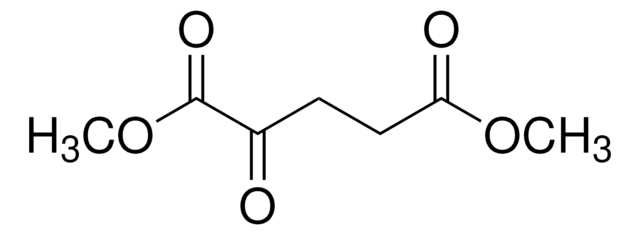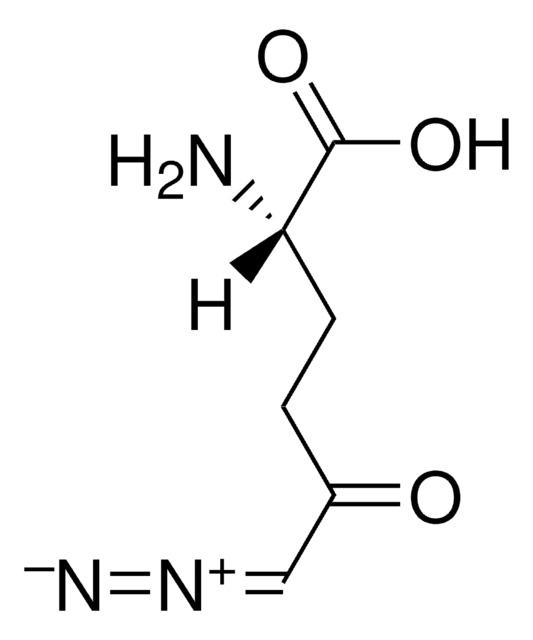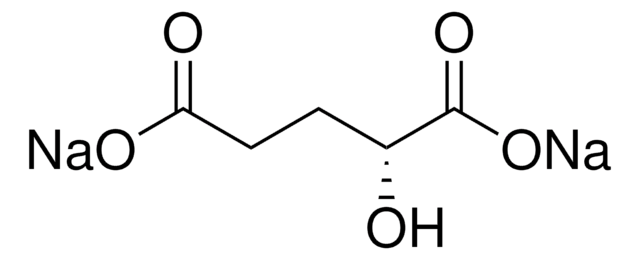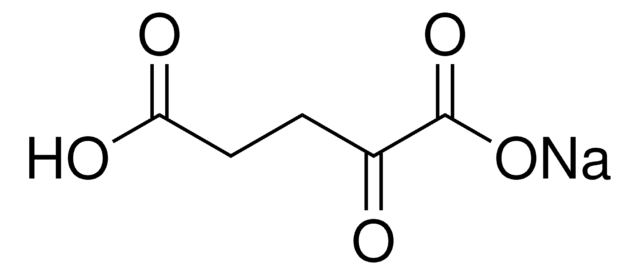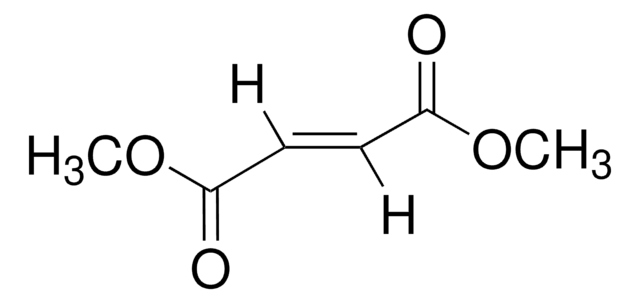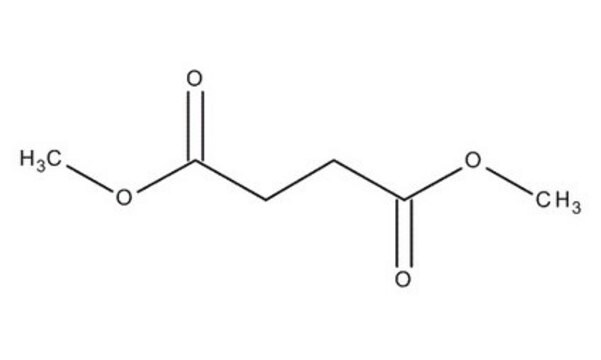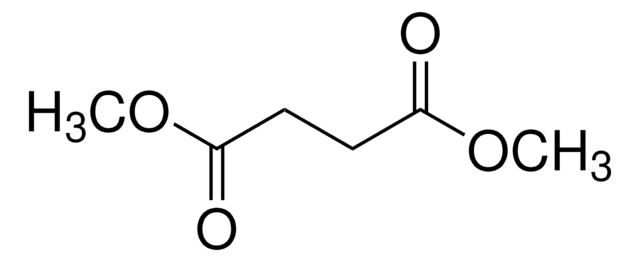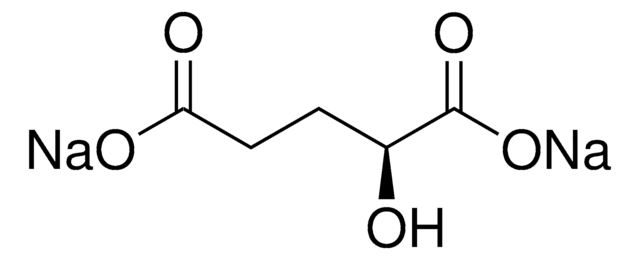Key Documents
SML2205
Octyl-α-KG
≥95% (HPLC)
Synonim(y):
α-KG octyl ester, α-Ketoglutarate octyl ester, 1-Octyl-2-Oxo-pentanedioate, 1-Octyl-2-ketoglutarate, 2-Oxo-pentanedioic acid, 1-octyl ester, Octyl-α-ketoglutarate, Octyl-2KG
About This Item
Polecane produkty
Próba
≥95% (HPLC)
Postać
oil
warunki przechowywania
desiccated
under inert gas
kolor
colorless to yellow
temp. przechowywania
−20°C
ciąg SMILES
CCCCCCCCOC(C(CCC(O)=O)=O)=O
Zastosowanie
Działania biochem./fizjol.
Kod klasy składowania
11 - Combustible Solids
Klasa zagrożenia wodnego (WGK)
WGK 3
Temperatura zapłonu (°F)
Not applicable
Temperatura zapłonu (°C)
Not applicable
Certyfikaty analizy (CoA)
Poszukaj Certyfikaty analizy (CoA), wpisując numer partii/serii produktów. Numery serii i partii można znaleźć na etykiecie produktu po słowach „seria” lub „partia”.
Masz już ten produkt?
Dokumenty związane z niedawno zakupionymi produktami zostały zamieszczone w Bibliotece dokumentów.
Klienci oglądali również te produkty
Nasz zespół naukowców ma doświadczenie we wszystkich obszarach badań, w tym w naukach przyrodniczych, materiałoznawstwie, syntezie chemicznej, chromatografii, analityce i wielu innych dziedzinach.
Skontaktuj się z zespołem ds. pomocy technicznej